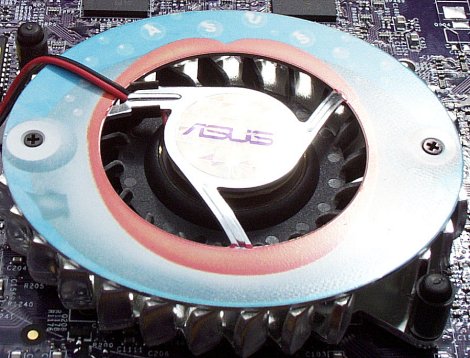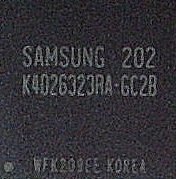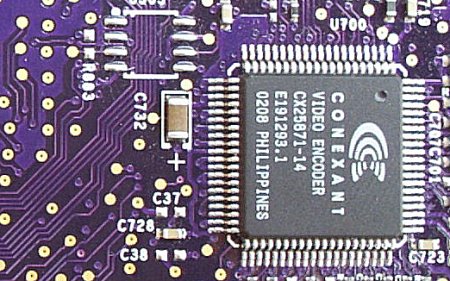The Card
As you may already know, the Geforce4 Ti 4600 is NVIDIA's most potent video card yet. Packing 63-million transistors and sporting a core clock speed of 300MHz, with an accompanying memory speed of 650MHz, effectively means that it's targeted at those who want maximum performance and aren't overly concerned with cost.
We've already alluded to the fact that ASUS usually distinguish their cards by modifying the reference design somewhat, usually with a bias towards increased performance. Here we see that this is not the case with the V8460, it's effectively the reference design outfitted with a modified cooler. This appears to be the trend with Ti4600s across the board, though. The first obvious difference is the colour. ASUS have chosen to go with a deep purple instead of the usual green PCB. Although this does not aid overall performance, it's a nice touch to see a manufacturer further try to distinguish their product from the homogeneous norm. ASUS have historically shipped two varieties of the same video card, Pure and Deluxe versions respectively. The latter tends to be as feature-rich as possible whilst the former concentrates on providing the end-user with a value version of the same video card by negating the extras. We see that we have the Pure version, as there is no VIVO functionality, the placement of the VIVO chip, usually the Philips SAA7108E, is silk-screened as shown below
The cooler, however, is anything but reference. A close-up should give us more insight into its design.
My first thoughts were that it somewhat resembles an ORB. We see the fins set in a radial pattern with the fan having plenty of room to work with. I've previously reviewed the Creative and MSI versions of the Ti 4600, their fans were largely reference-based and appreciably loud in operation. The ASUS, whilst not being silent, is considerably quieter than the aforementioned two. Perhaps this design was partially concocted for this reason.
Like all Ti4600s before this, the V8460 is equipped with 128MB of Samsung 2.8ns Tiny BGA memory in the form of a total of 8 x 16MB chips. Like the two previously reviewed by myself, the RAM is left bare, too. Firstly, this helps to reduce costs a little. Secondly, the RAM became barely warm to the touch when in full stress use, suggesting that RAMsinks are more of a marketing and aesthetic novelty than required cooling. 2.8ns memory is rated to effectively run at 714MHz. However, at such high frequencies, other factors such as trace length and overall PCB design can come into play. NVIDIA, perhaps wisely, restricted the rated frequency to a modest 650 MHz. Whilst not providing the more elaborate VIVO functionality, the ASUS does include a decent TV-Output from Conexant.
The CX25871-14 is the latest model from Conexant. The resulting output was pleasing on a 28" Mitsubishi TV. Note the gold contact points, a nice touch. ASUS certainly have put some thought into this card and thusly feel confident of offering a 3-year warranty. Interestingly, thie TV-Out is mounted on the back of the ASUS.
The backplane is entirely standard fare. The reference Geforce4 Ti 4600 sported VGA, TV-Out, and a DVI connector, we see the same configuration here. |
















